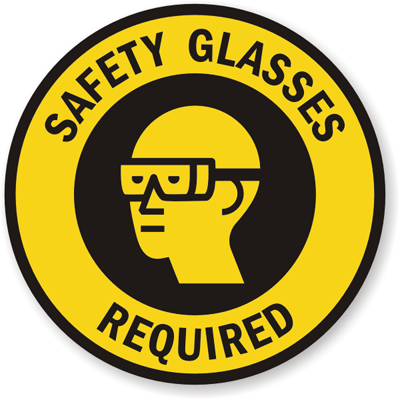Virginia Agricultural Education
Centers of Innovation
Natual Resouces Lessons

This project was developed to enhance project planning and teamwork skills utilizing CNC technology and woodworking. Projects that can be customized and start out with basic tools seem to give students a personal connection and inspiration to complete the work. We can use this motivation to encourage students to work with people when they have no prior connection. The end result is a wonderful customized project and valuable teamwork skills important in today’s work environment.
This lesson can be adapted to any product or raw materials you have available to use. Be creative. We were lucky enough to have grapevines donated from a local winery so we used them. The students made grapevine wreaths and left the wreaths undecorated to be sold.
Market research is very helpful when beginning a business plan. Focusing on just one product can make the process easier for students to not get overwhelmed with the amount of information they can find. The secondary market research requires internet searching to find any information that already exists about the product or similar product to what you have in mind. Design ideas can be collected from what the students find online as well. The creativity of the students can be interesting as well.
Students will also try their hand and designing a survey, poll questions, interview protocol or similar tool to be used for primary research. You may decide to stop at this point but the lesson includes having students do the primary research as well. You can determine the timing or leave this up to the students. Primary research can be done prior to production, during production or while the product is being sold. This is a decision that depends on your market, timing and product.

This lesson was designed to provide a platform that was wheel chair accessible in a community therapy garden. While our intentions were specific and needed to be fairly large in scale, the design and lessons can be done on a smaller scale for the location you have to work with. Likened to the Mayan terraced farming structured, students will begin to build their own plans for designing and making a terraced hillside. The intent for the hillside could be for retention of a slope, planting beds or crops. Materials used can vary from those listed here. Be creative or use the materials you have available.

This lesson was developed for an 8th grade Agriculture Science and Technology course by John Carpenter of Carroll County Middle School. It has been adapted for a 9th grade Agriculture Foundations course.
The students will produce a personalized Cruiser stick. In the process they will also learn about the uses of the Cruiser stick, what information they gain from using it and why it can be an important tool for harvesting wood.
A Cruiser stick, also known as a Biltmore stick, is a tool used in the forestry industry. Calibrations on either side of the stick, which resembles a traditional yard stick, provide the diameter at breast height (DBH) for a tree and the height of the tree in logs. Both of these measurements are necessary for determining the board feet in a standing tree. Board feet are determined by estimating the volume of the merchantable height of the tree and dividing by the volume of a board foot of lumber. A standard board foot of lumber is 12 inches by 12 inches by 1 inch although these dimensions can vary. A cut piece of lumber that measures 6 inches x 24 inches x 1 inch still represents a board foot but looks much different than the square that is used as the standard. Board feet (BF) is the standard unit in buying and selling in the lumber industry.

This lesson was developed for an 8th grade Agriculture Science and Technology course by John Carpenter of Carroll County Middle School. It can easily be adapted to many courses with a focus on a 9th grade Agriculture Foundations course.
Being safe in the agriculture lab is very important and should be taken seriously. This is the first of many safety lessons that will come throughout the agriculture course. Setting a tone that helps students realize the importance of knowing how to be safe in general will make developing specific safety skills easier as more projects, equipment and tools are introduced to students.
In this lessons students will be given the opportunity to review the general safety rules provided by the Virginia Tech Department of Agricultural, Leadership and Community Education. The teacher resources include many categories of safety information but for this introduction lesson students will work on general safety. Several online sources are used and electronic submissions are included in the lesson. These can be modified to meet your needs and resources.
